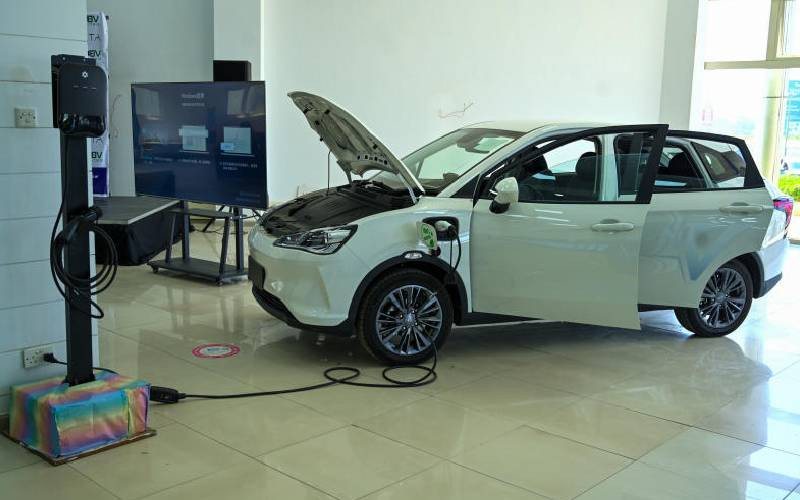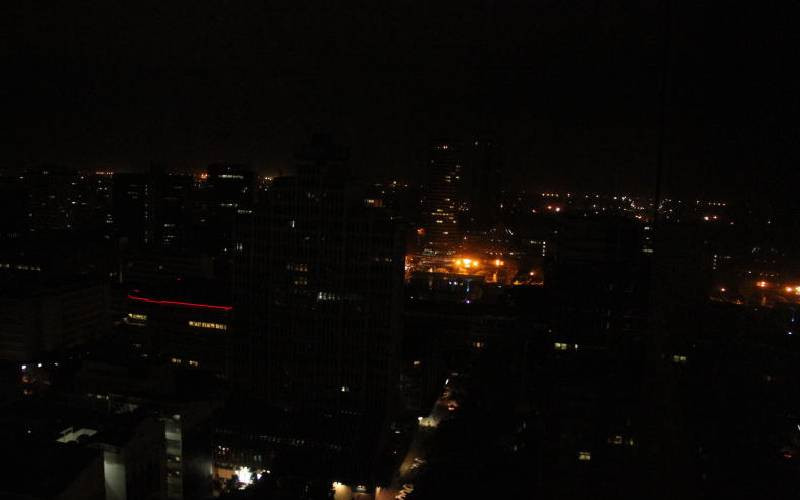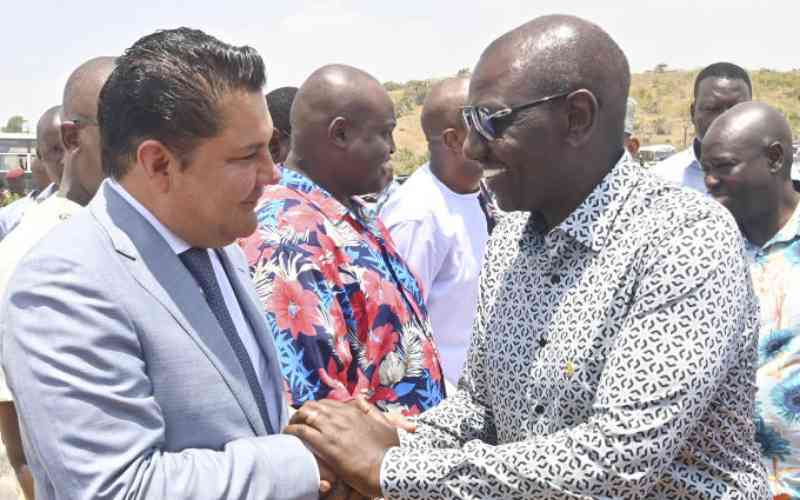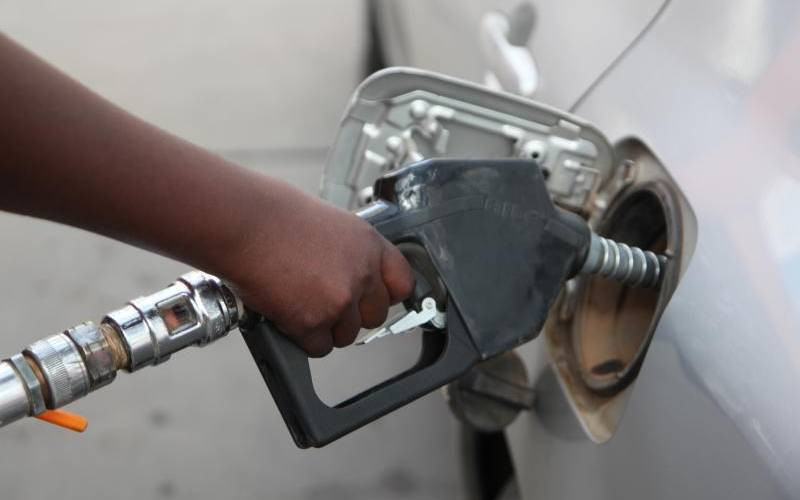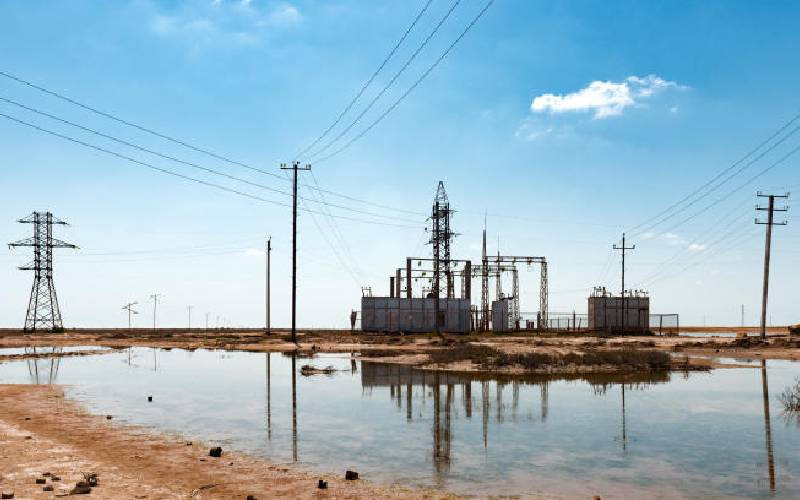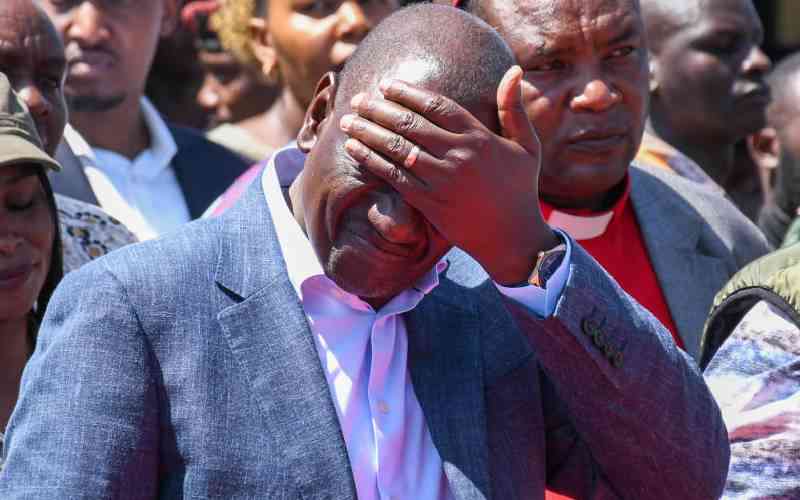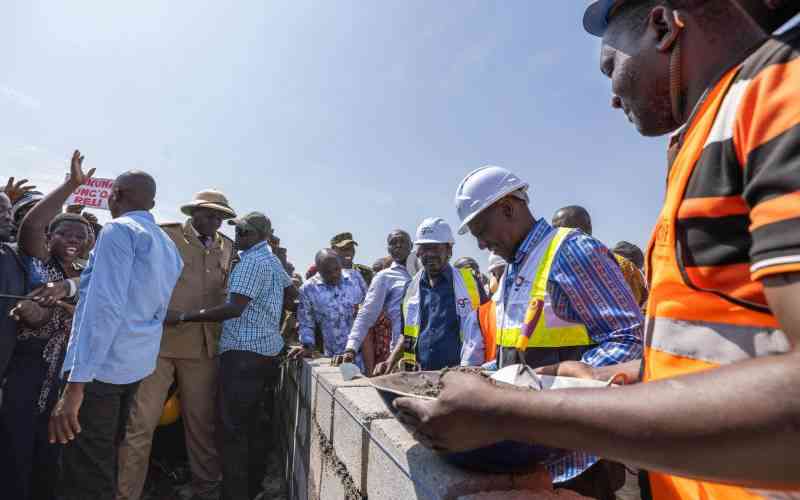×
The Standard e-Paper
Truth Without Fear
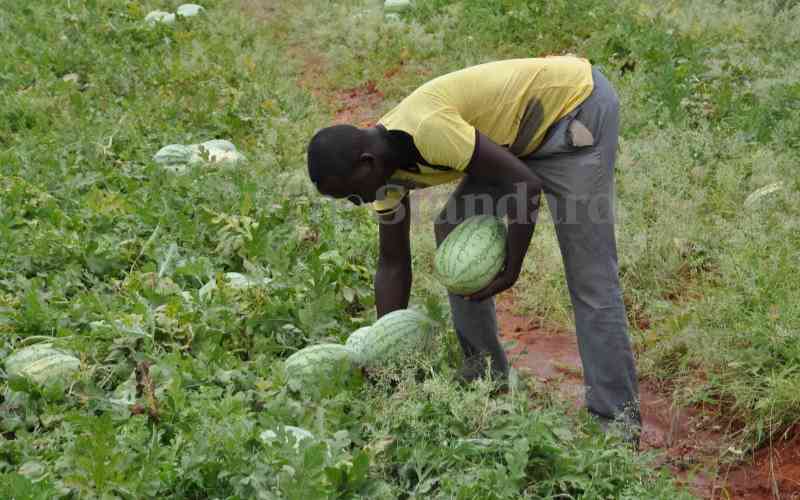
The road to hell is paved with many good intentions and so has Kenya's quest to have sufficient food within her borders.
The dream started 13 years after Kenya's independence when the government designed a master plan that perceived a road map out of famine and starvation.
